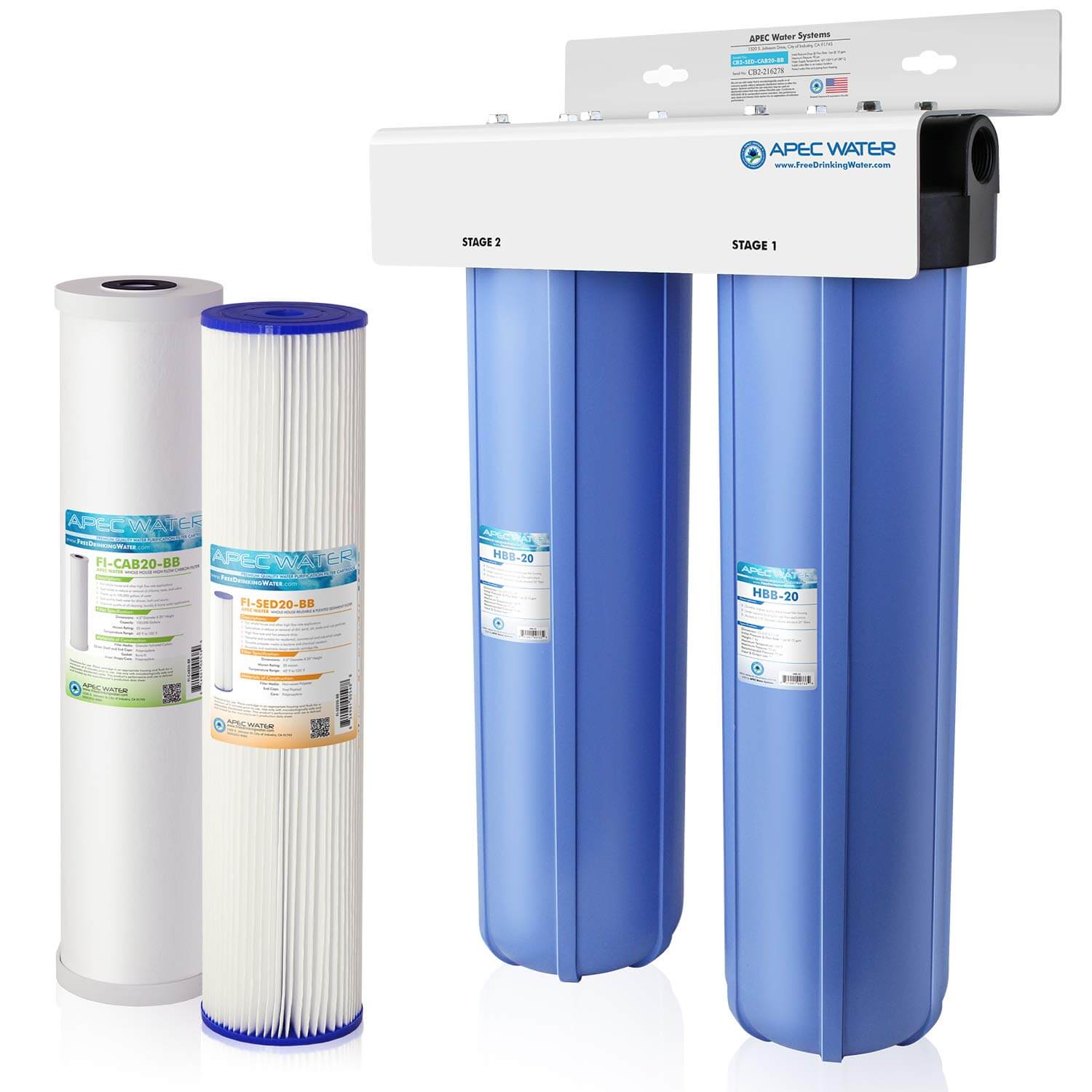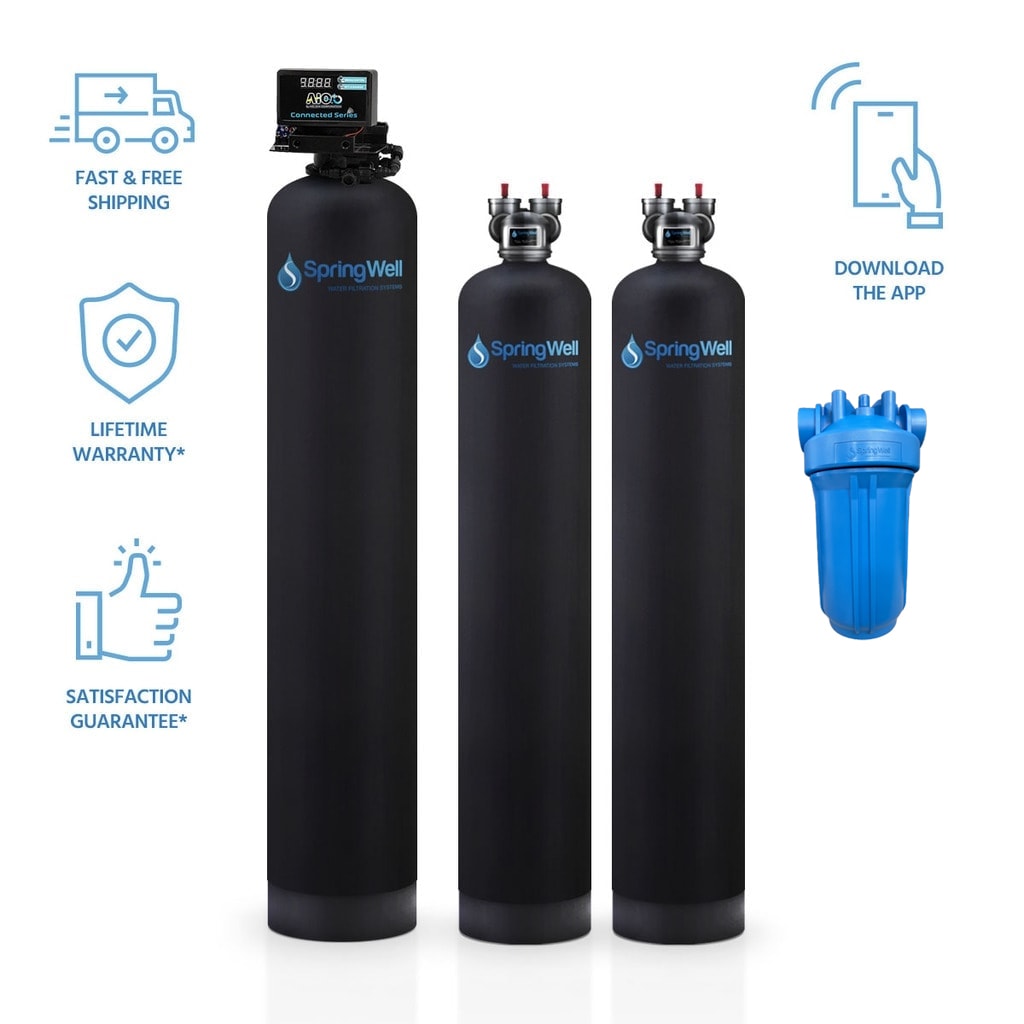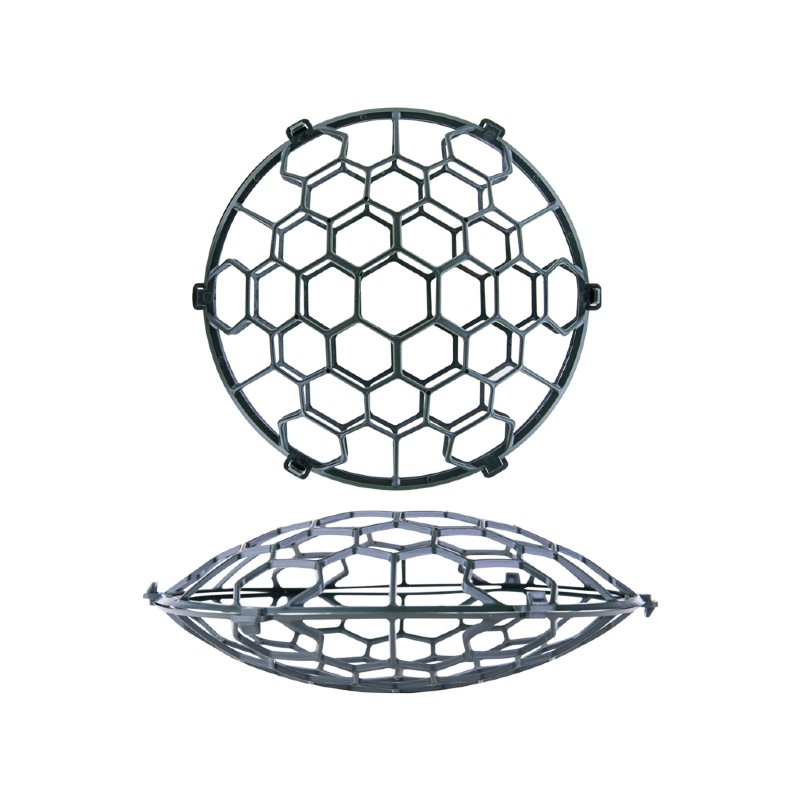
This system is not recommended for water that’s contaminated with iron or sulfur, as both of these contaminants prevent the UV light from properly destroying bacteria. However, the system is NSF-certified (see the discussion on NSF Certification below). If you draw from a well or your municipality does not offer water treatment or if your water is discolored, cloudy, or has an odor, then investing in a whole house water filter may be a worthy investment.
The Best Water Filters of 2023
If you purchase through referral links on our site, we make a commission at no extra cost to you. Having collaborated with elite brands and being proud members of the Water Quality Association (WQA), we're all about excellence. Dive into our resources, and together, let's find your perfect water solution. Whole house RO systems can be expensive; most install point-of-use systems under the sink. Yes, you can install your system outside as long as it’s protected from sub-freezing temperatures and also from extreme weather conditions.
How To Remove Iron From Well Water
In addition to removing chlorine from water, it also reduces mercury, chloramines, herbicides, pesticides, and more. Many filters remove chlorine from water, but what sets this model apart is that the central filter lasts for six years or up to 600,000 gallons of water. That means there’s no need to worry about changing the filter constantly in order to achieve drinkable or usable water. Keep in mind that, in order to keep this filter system running at peak performance, you’ll need to replace the filters every two months.
📝 Tasks Involved In Whole House Well Filter Installation
Stage two uses a carbon filter to filter out lead, sulfur, iron, bacteria, and more. Stage three uses an additional carbon filter to remove pharmaceuticals, pesticides, and other organic compounds. The activated carbon filter cartridge of this iSpring whole-house water filter can remove chlorine, VOCs, and harmful chemicals, improving the taste and odor of the water.

KDF is a combination of copper and zinc that causes the transfer of electrons between that media and the other elements it contacts. This causes soluble heavy metals like copper, lead, mercury, iron, and others to become oxidized and precipitate out of your water, along with other water contaminants like chlorine. Whole house well water filtration systems are installed at your home’s water point of entry where all the water comes into your home through the main pipe. Unless you have exceptionally pure water that is free of harmful contaminants, well water filtration systems are an investment in your health as well as a way to make your water look, taste, and smell better.

Since the unit includes a shut-off valve, it’s easy to switch the water off, unscrew the clear housing, and swap out the older filter for a new one. The unit also includes a purge valve, which you can press to bleed air from the system before turning the water back on. The cheapest way to filter well water is using a “point of use” filter, which comes in the form of a countertop or faucet-mounted water filtration system. However, point of use systems can’t filter contaminated water as well as their under-the-sink counterparts.
While some whole-house water filters can remove harmful contaminants like parasites, chemicals, and heavy metals, not all filters are made for this function. If there are concerns about the incoming water supply, it should be tested at a certified lab before drinking instead of taking chances with your health. With this system, your water will pass through a sediment filter first, which takes care of small particles and organic matter. Next, the kinetic degradation fluxion (KDF) process media use a noxidation/reduction (redox) reaction to trace heavy metals, including lead, iron, mercury, and copper.
She also spoke with Rachel Kourey, the Pumps and Water Treatment Merchant for The Home Depot, for more information about whole house water filters. Finally, the water will be filtered once more, sometimes with reverse osmosis, so that the water is clean. While looking for the best whole house water filter for your home, consider what you’re looking to remove from your water.
How To Test Your Water Your Water Quality? – Forbes Home - Forbes
How To Test Your Water Your Water Quality? – Forbes Home.
Posted: Thu, 14 Mar 2024 07:00:00 GMT [source]
Should I use a water softener system for well water?
SpringWell has become renowned for its durable, top-of-the-line, competitively priced water treatment solutions. If your well water is high in heavy metals, we recommend the Express Water Heavy Metal Whole House Water Filter. Because it’s highly sought-after thanks to its affordable price and ability to reduce far more than just the standard metal contaminants (iron and manganese) removed by the likes of SpringWell and SoftPro tank-based systems.
It just means that those filters will reduce impurities like chlorine and taste/odor problems. If you buy a tank-based system containing media, you’ll need to replace the media every 6-25 years. For chemical injection systems, you’ll need to top up the chemicals every few weeks. The best arsenic-removal filter systems are reverse osmosis, ion exchange, distillation, and activated alumina systems.
Some whole house water filters have just one filtration method, but there are some that use multiple stages of filtration to ensure different contaminants can be caught. Often water filters with multiple stages begin with larger materials like sand, dirt, and sediment. Then, they’re often filtered again with UV or infrared filtration to remove chemicals, fungi, and bacteria. Whole house water filters are a great choice for those who want to be sure that their water supply remains free of bacteria, sediment, viruses, heavy metals, or even chemicals. Kourey adds that, before committing, it’s “important to be informed about your water source,” and whether or not you’re using city or well water. Many whole house water filters offer water softening as a byproduct of filtering.
If there also are other contaminants, such as organic chemicals or lead, an added activated carbon filter would work. Filters also can use a series of stages to filter out contaminants for clean drinking water. For example, stage one will filter out sediment, while stage four will filter out organic chemicals. Choosing a better well water filtration system for clean drinking water doesn’t have to be difficult. It’s easier when you know which contaminants are in your water, as different filtration systems filter out different harmful contaminants. When looking for a well water filtration system, determining whether or not you have hard water and which water flow rate is best for your particular needs is also important.
Before you open your box and gather your tools, choose a spot to install your whole house water filter system. After deciding on a whole-house filtration system there may be some lingering questions about whether you need this system or how to go about changing the filter. Keep reading for detailed answers to these questions and get additional information about the best whole-house water filter. In order to make sure this well water filter system is best for you, you should have your well water professionally tested to see what contaminants it contains and measure your household’s flow requirements. If you have a high amount of microorganisms in your well water then consider adding on or installing a UV purification system to your well filter in order to improve water quality. You are solely responsible for ensuring that the water you and your family consume on a daily basis is safe and nutritious which is why you need a whole house water filter.
This whole house filter is very similar to the Home Master in its filtration capabilities, flow, and maintenance required. You’ll save a bit more money on this well water system but you’ll lose a year of warranty, and there are no extra upgrades or features with this model. Even so, it’s still a great option for those who want clean water on a budget. If you want a reliable water filter system with excellent flow and the ability to spread out the costs, then this may be the well water filter for you. Without knowing the exact specifications for iron removal, however, it may be better to look at other systems if your water tests for over 2-3ppm. The iron filtration capacity isn’t as high as some of the other models, but if your water tests for under 3ppm then the wide range of other contaminants removed makes this filter a good contender.
The second downside of the SS1 is that it doesn’t include any sort of pre-filter automatically, not even a sediment filter to protect the components from silt and other particles. The good news is that there are plenty of options for these other contaminants that are just as good as the CF1. Check out my reviews below for hard water and well water and see the additional options section for top choices for removing other contaminants. The biggest downside of the CF1 is that it doesn’t treat hard water or filter microbes or fluoride. It’s also not suitable for well water; wells are rarely contaminated with what’s found in city water, and vice versa.

No comments:
Post a Comment